20 Ways the Pandemic May Change Dining Out Forever
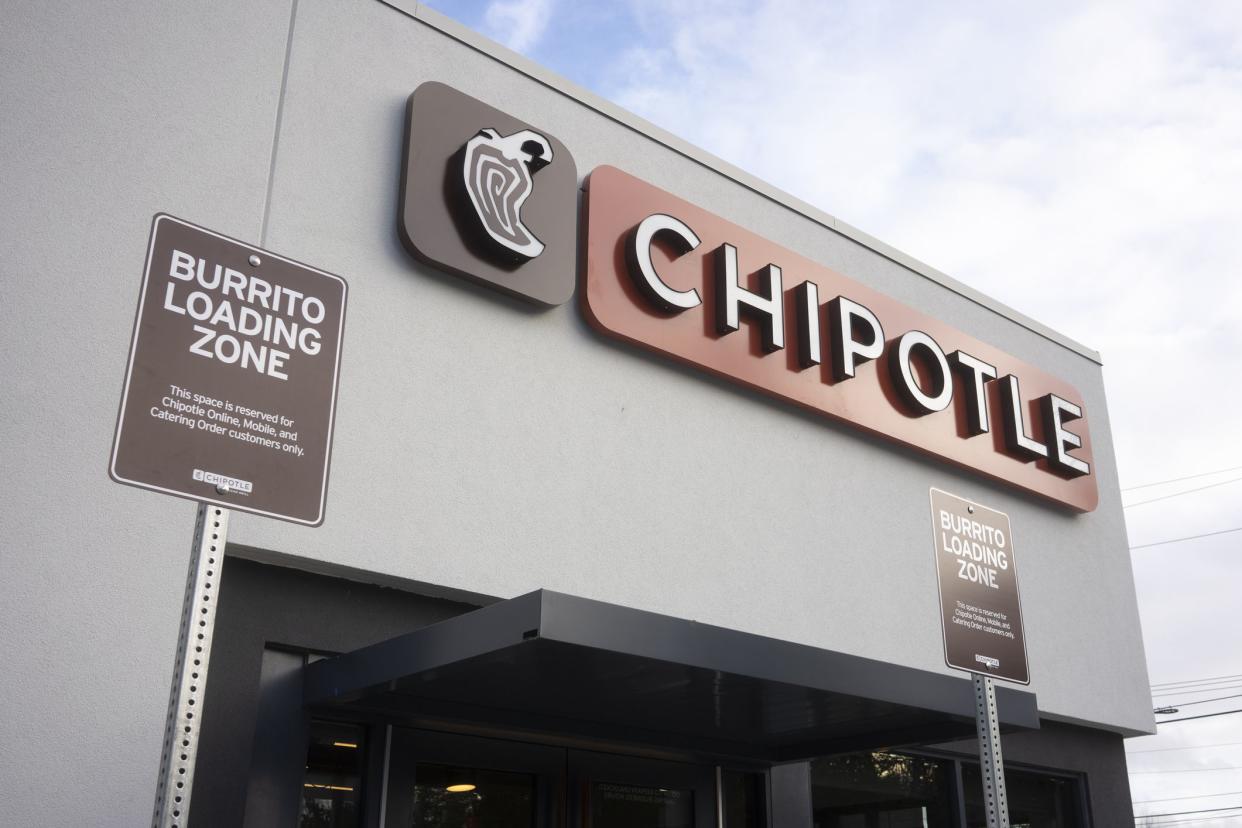
Dining out has changed dramatically thanks to the pandemic, and it's not done yet. Restaurants have rushed to refine their takeout businesses, alter how customers order, and more. Here are expert predictions for dining out in a post-COVID-19 world, including one that's reflected in a very big change in how fast-casual giant Chipotle will be doing business at its newest restaurant.
Related: Fast Food Restaurants Then and Now
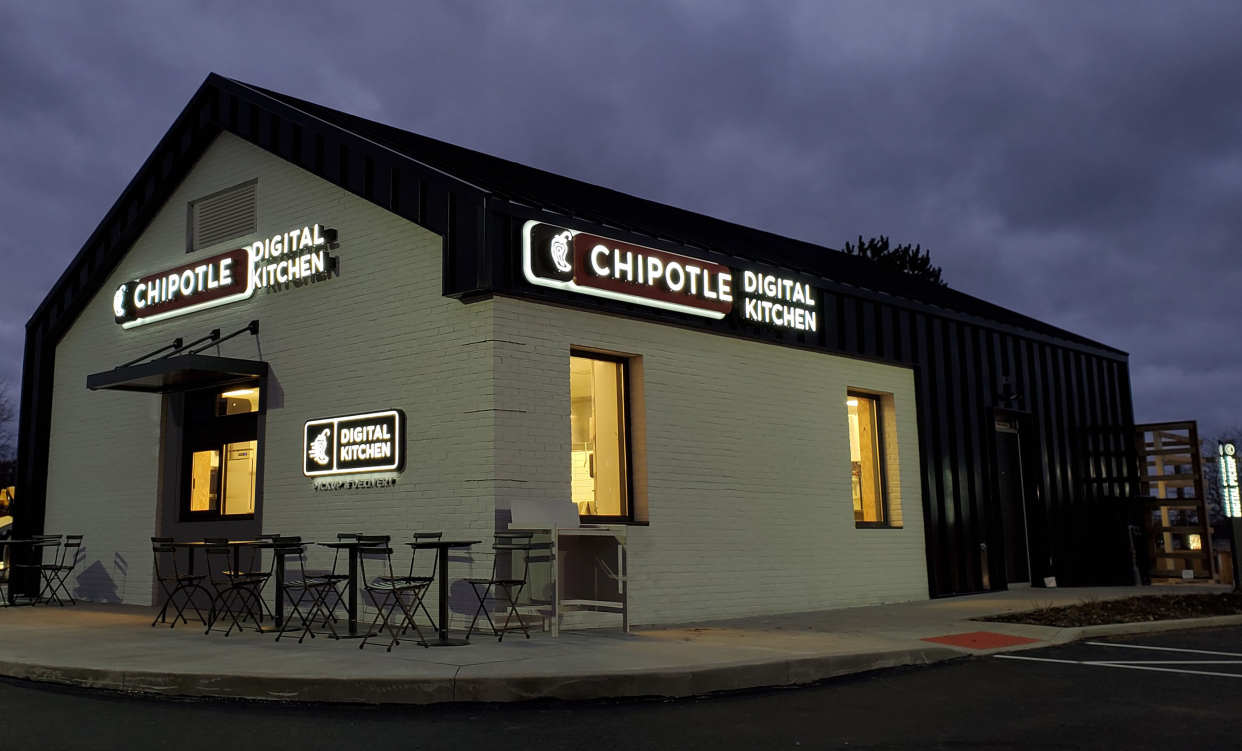
Dining in may become a thing of the past at some restaurants, and not just temporarily. Some chains are already opening locations that have no space for indoor dining, like Chipotle's first Chipotlane Digital Kitchen. The Ohio prototype includes a walk-up window for picking up orders and a drive-thru — cheekily called a Chipotlane — but that's it. Ditching indoor dining completely follows the trend of ghost kitchens, restaurants that only offer delivery and sometimes operate out of an existing restaurant's kitchens. Between the evolution of customers' preferences, ever-changing local health regulations, and staffing shortages, expect to see more of this takeout-only model in the future.
Related: 20 Companies That Have Actually Benefited From the Pandemic
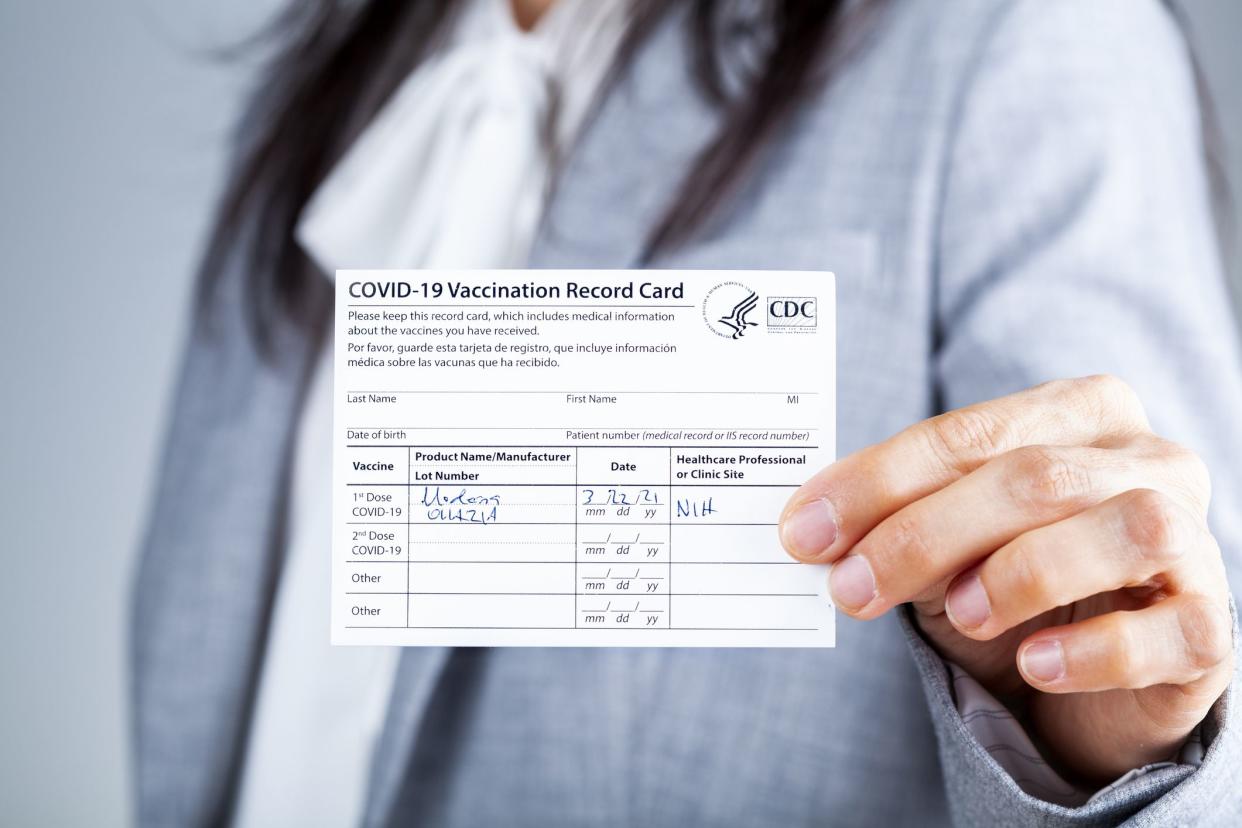
In September, New York City became the first city in the U.S. to require that people show proof of vaccination against COVID-19 if they work at or want to dine inside of a restaurant. The mandate, announced in early August by Mayor Bill de Blasio, also applies to entertainment and fitness facilities. Individual restaurants around the country are also requiring proof of vaccination, from New Orleans to Kansas City to Portland.
Related: How Science is Changing Takeout
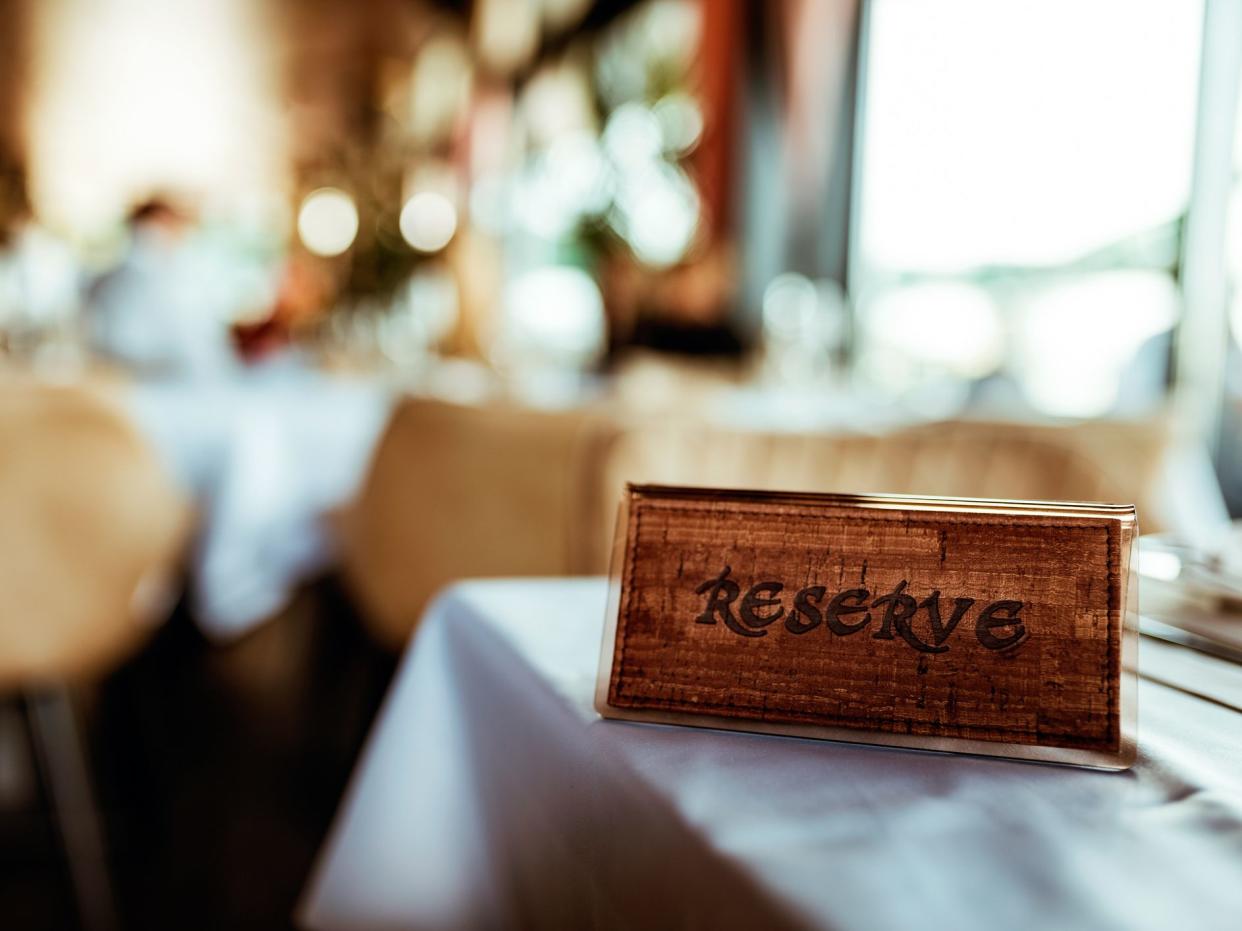
Expect to see reservations required in more places, says Chef Omar Torres, Director of Food & Beverage and Executive Chef at The Hilton Pensacola Beach. “When going out dining, you should expect to wait outside if possible until your table is ready. Many restaurants, especially fine dining, may move to reservations only in order to have a daily disinfecting plan through the service.”
Related: Mistakes You’re Making When Going Out to Eat
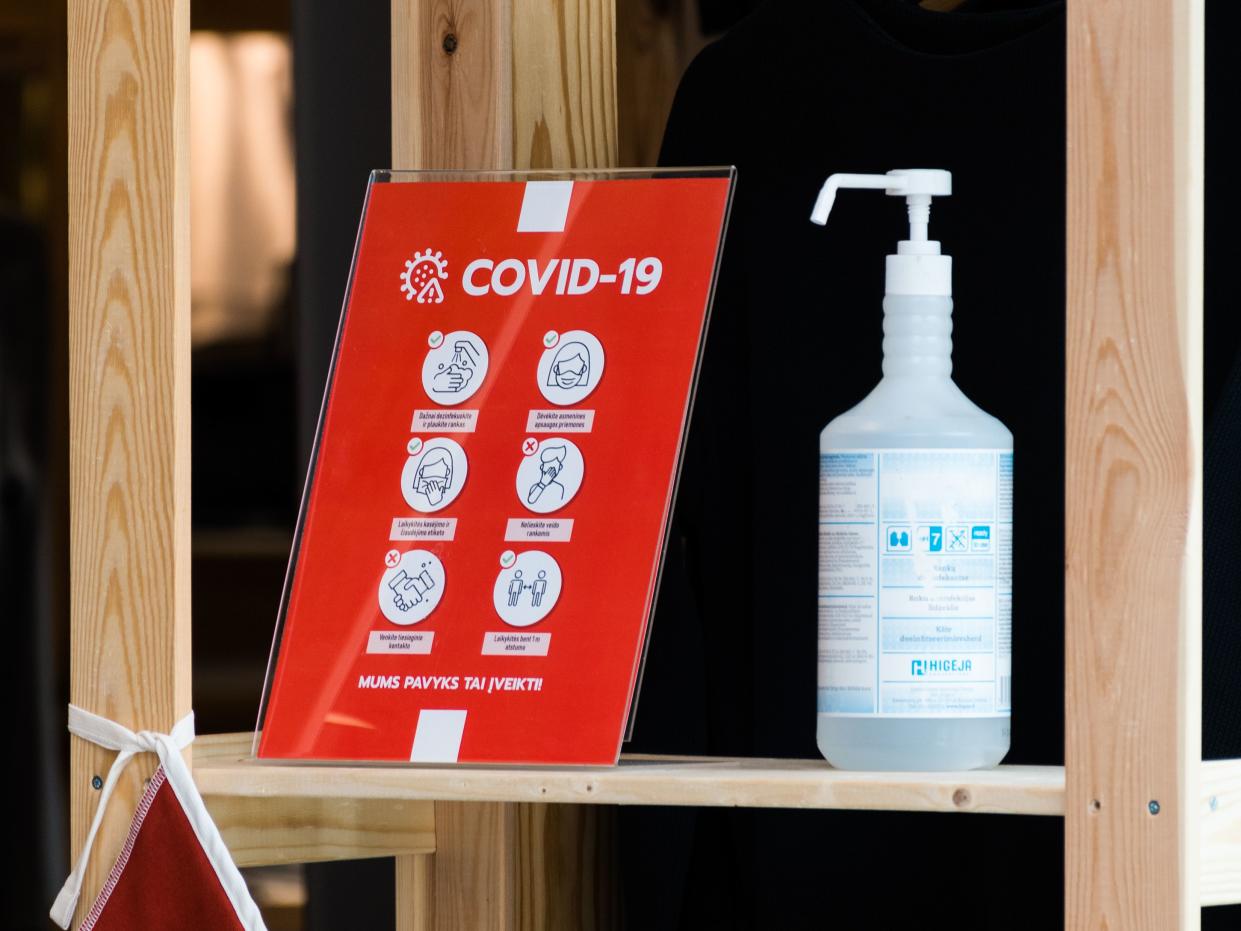
Joe Heaney, president of Lotus Biosecurity, says the touchless trend will be dominant. “Looking forward, we can expect to see more restaurants make the switch to touchless fixtures like sinks, flushometers, and even doors. Consumers will see more air cleaners and hand sanitizing stations. Behind the scenes, we will see a lot more UVC light air purification systems, now recommended by the CDC. HVAC filtration upgrades will also become more common.” You may also say goodbye to paper menus and touch point of sales, says Daniel Schmidt, director of food and beverage for JW Marriott Orlando Bonnet Creek Resort & Spa. “Technology will continue to evolve. We saw the use of QR codes or apps to view menus and electronic table tents, and I expect these to stick, even in our fine-dining establishment."
Related: These Stores Are Getting Rid of Cashiers and Checkout Lanes
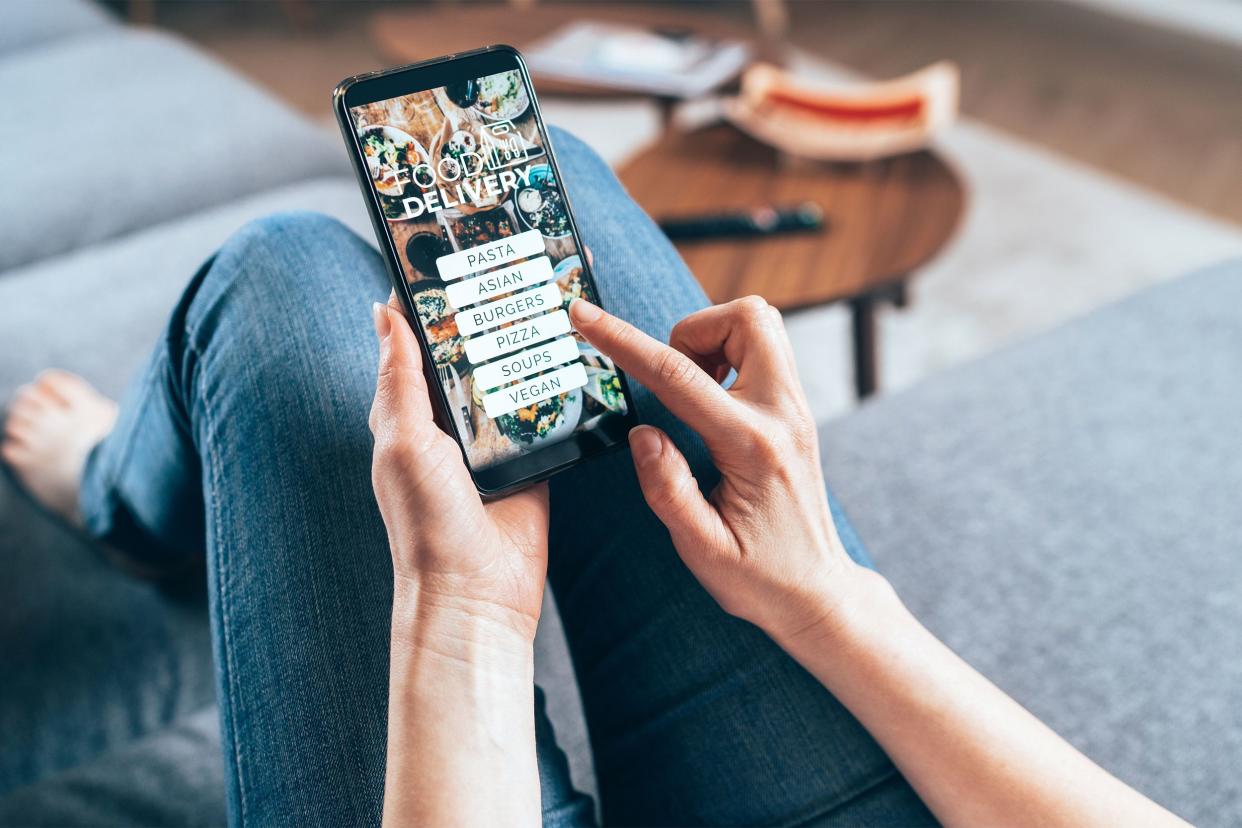
According to Alex Karavias, owner of Meraki Hospitality, virtual events and at-home parties will be the new norm, and new customers may be found far away, too. “Gift baskets, ready-to-cook meals, cocktail packages and more are not tools that really help us make up for lost sales, but they are means of exposure, of promoting the brand and connecting with our guests on a more personalized base." Tim Love, Texan celebrity chef and restaurateur, is bullish on Goldbelly, the food gift company that allows you to order your favorites even when they’re halfway across the country. His foods are featured on the site, and he insists that “options like to-go, online ordering, and services like Goldbelly.com will stick around.”
Related: Beloved Local Eats That Can Be Shipped to Your Doorstep
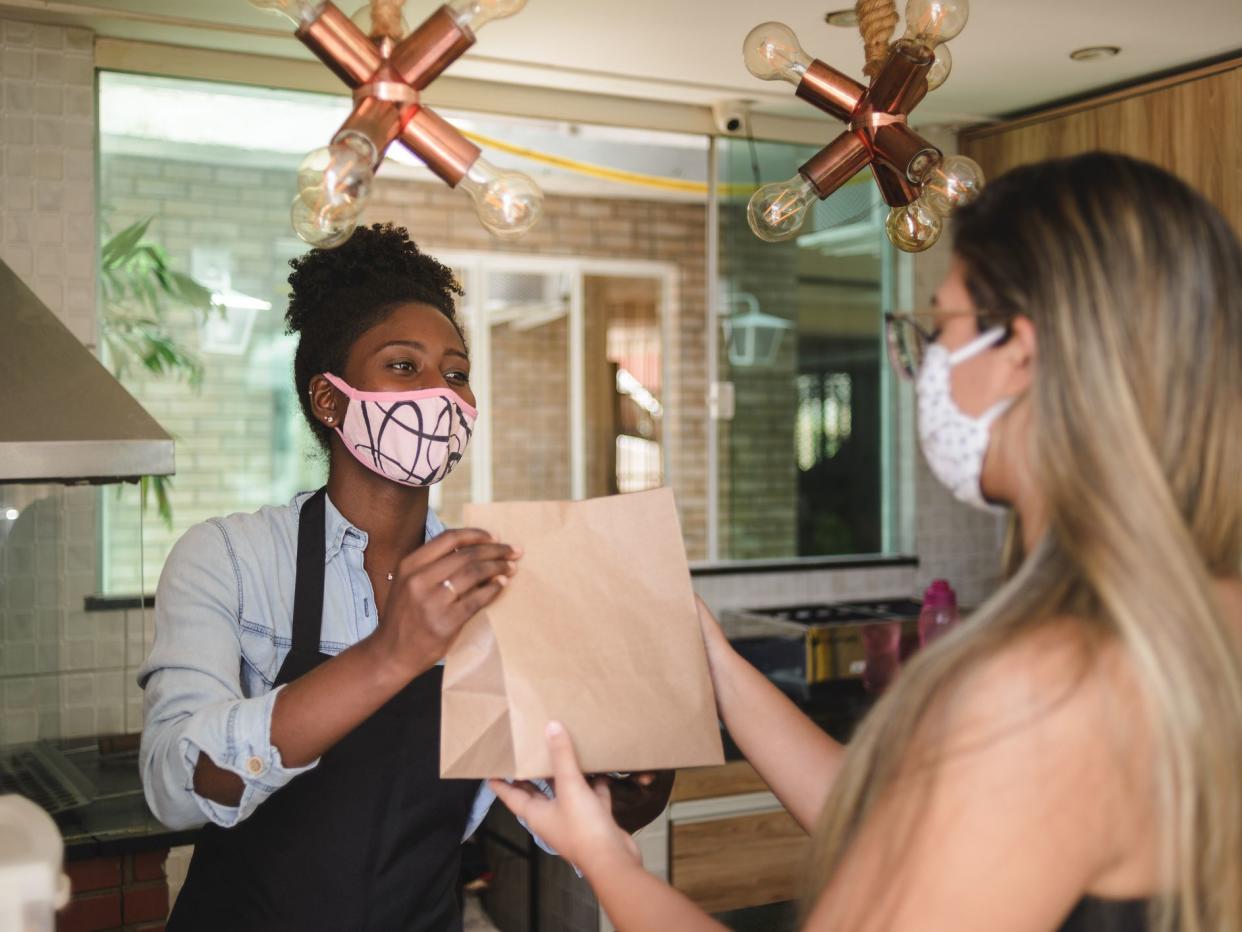
Brad Taylor of BBQ4Life in Boise, Idaho, says restaurant space will change to fit new demands. “Restaurants will continue to turn their focus away from dine-in and more towards delivery and pick up while utilizing every bit of space available to them to keep dine-in customers at a safe distance." Because many dining rooms are being reconfigured for pick-up orders, decor is getting tossed. Charles McMillan, founder of Stand with Main Street, says this new approach is likely the new normal. “The traditional restaurant dine-in practice will never feel the same due to the restructure on the dining rooms.”
Related: Restaurants and Retailers Offering Curbside Pickup
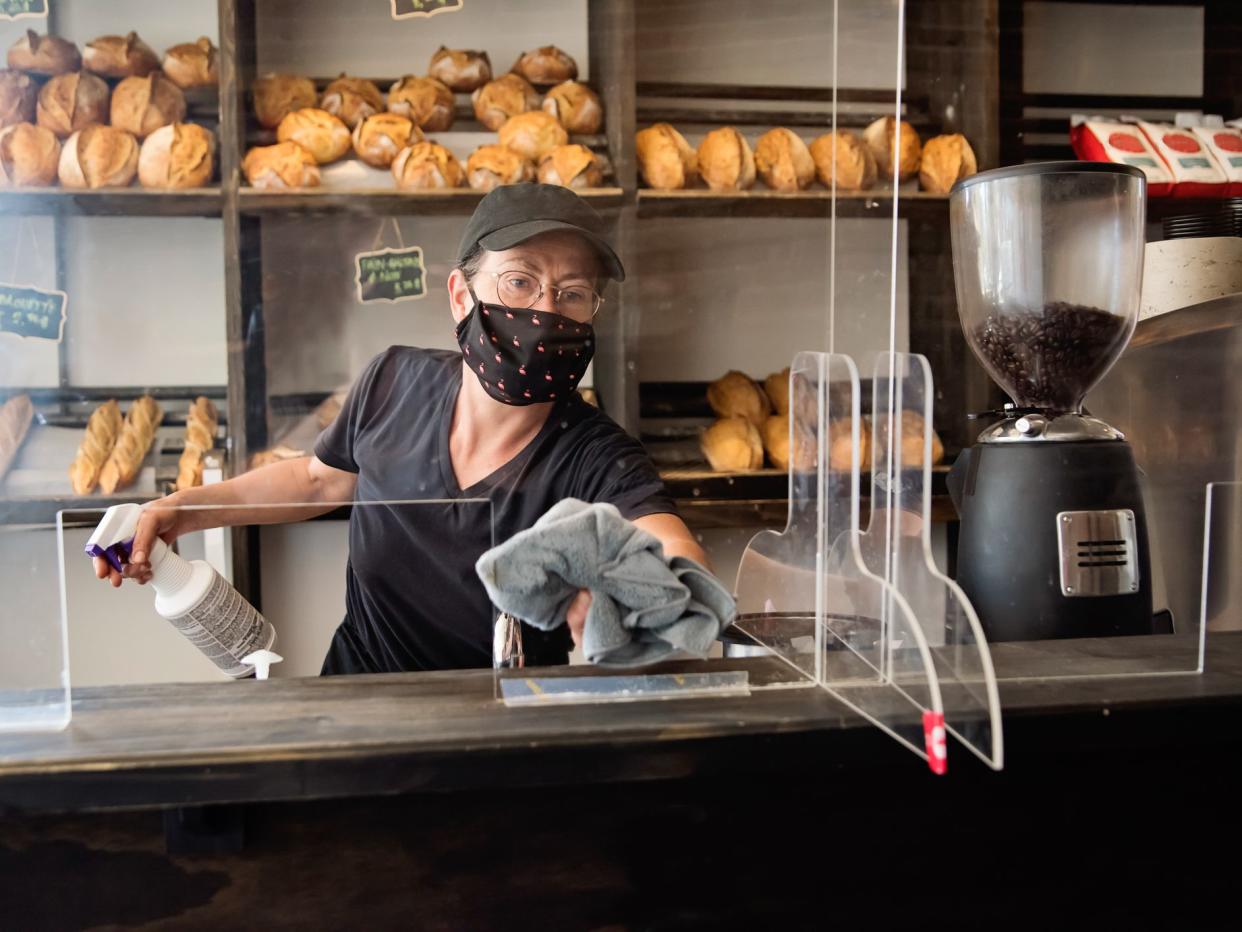
Pete Prekeges, the owner of Grumpy's in Ketchum, Idaho, sees a silver lining to new health standards. “My staff has never been healthier. We are in a resort town where every cold is passed around ... not this year. I expect the plexiglass barriers to stay, as well as masks and gloves, until we have reached herd immunity.”
Related: Sneeze Guards and Plexiglass Shields to Stay Safe at Work
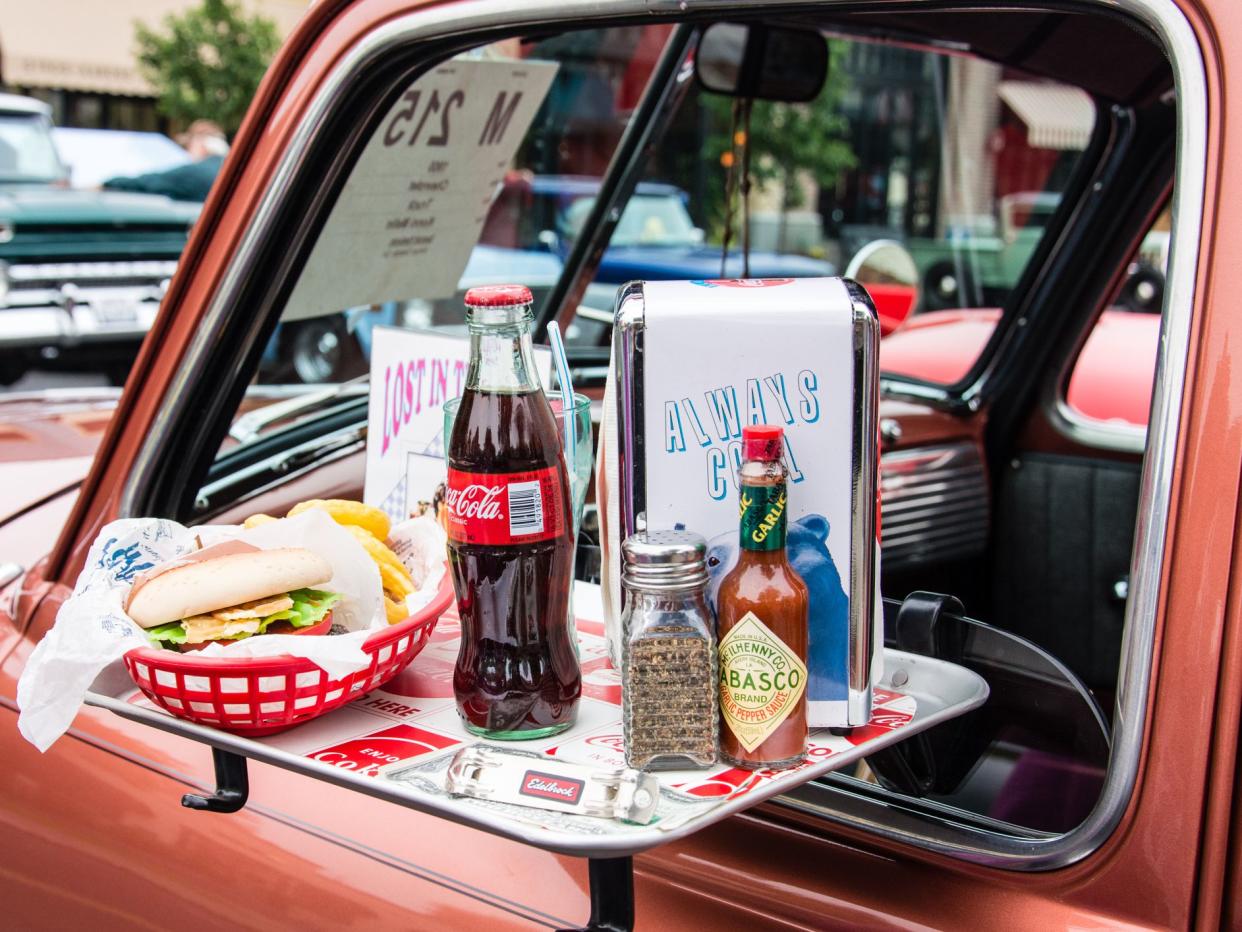
Tim Denman, the Chief Marketing and Sales Officer at ServGrow, is looking to the past for new ways to accommodate diners. “I think restaurants are going to start offering experiences from the 1950s that have disappeared, like dining in your car with servers delivering the food to you. I don’t think the restaurant experience will disappear forever.” But Samantha Glenn, co-owner of Funky Picnic Brewery & Café in Fort Worth, Texas, thinks inside dining may be permanently reduced. “I continue to see customers ordering pickup and curbside through call-in or online ordering directly through the restaurant. With more take-out sales and becoming used to reduced-capacity [seating], I'd be surprised to see crowded restaurants across the board in the future.”
Related: Classic Drive-In Restaurants Serving Customers During the Pandemic
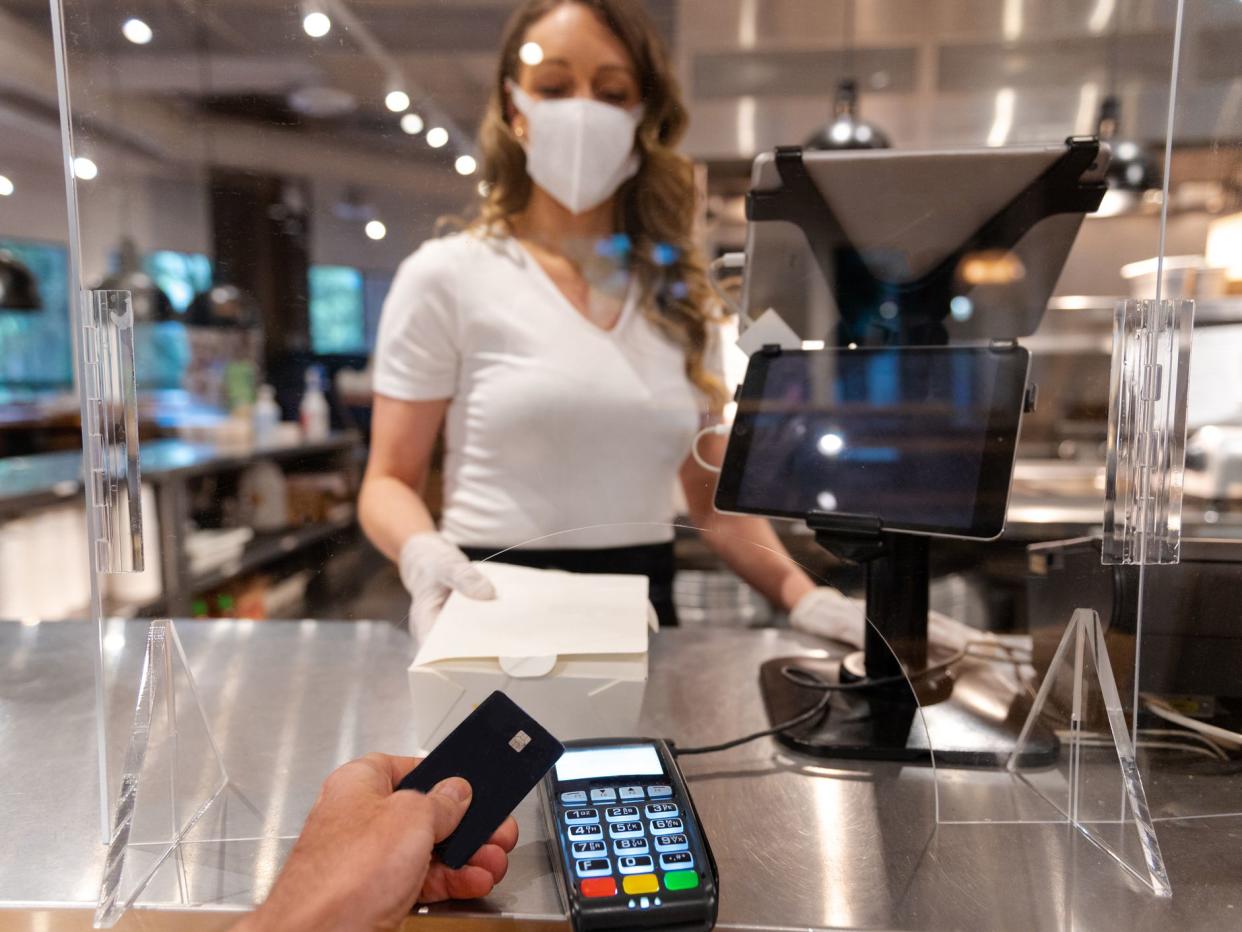
Restaurateur Scott Alters of Rue Saint-Marc in Jacksonville, Florida, sees prices going up. “I feel that after the COVID-19 pandemic, upscale casual restaurants like ours which used to serve a high volume of guests per day will have to offer a personalized experience at a higher price point. They will have to cater to certain restrictions and preoccupations of the guests and offer an experience that makes them feel special without breaking the bank." Kari Seher, founder of MELT Ice Creams in Fort Worth, Texas, thinks diners will be okay with paying more, however. “I think there will be an acceptance of price bumps to feel secure in smaller atmospheres.”
Related: 50 Ways to Spend Less When Eating Out
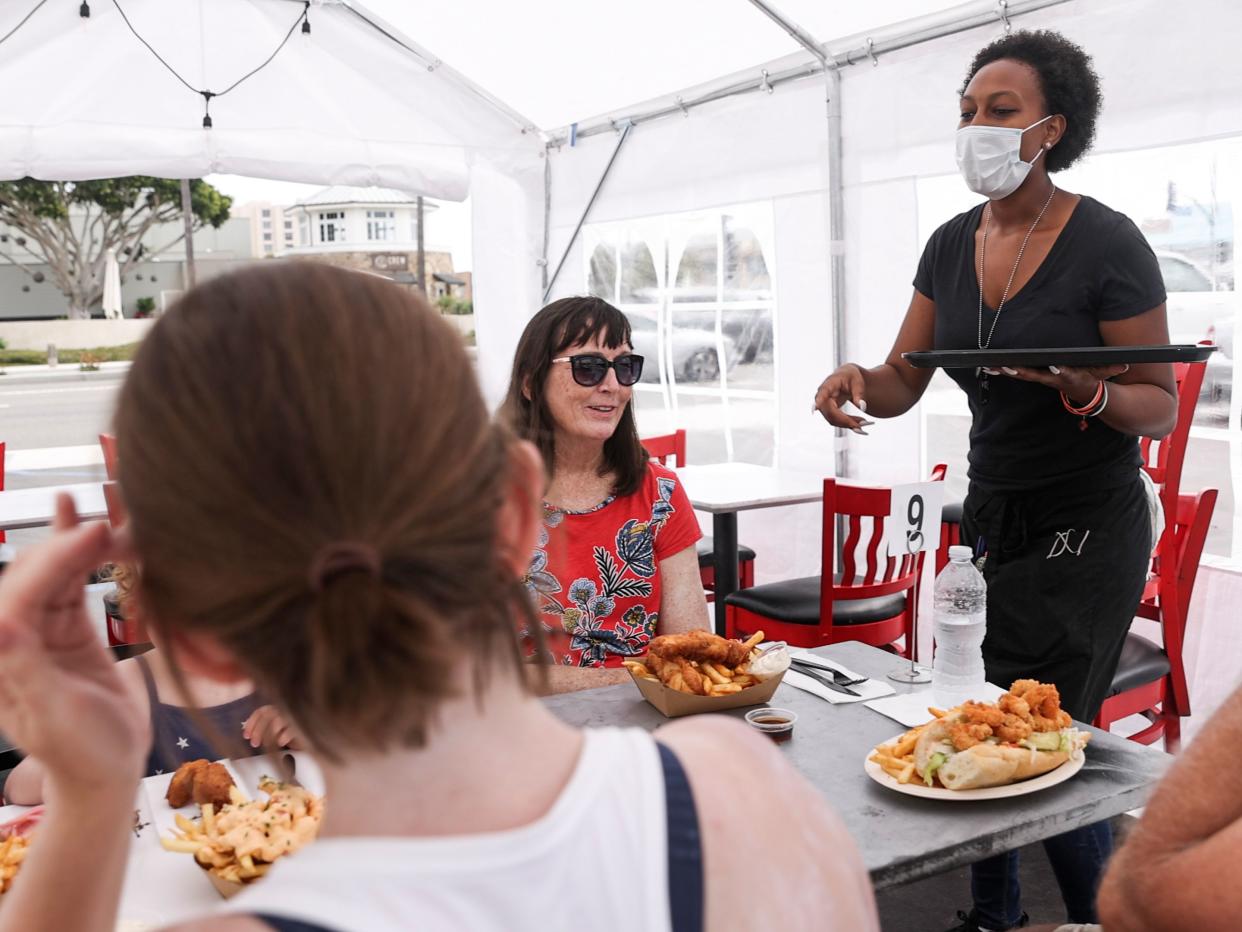
Robbie Werner, owner of Stir Crazy Baked Goods in Fort Worth, Texas, says the challenge will be in turning over tables quickly enough to profit. “Creating a welcoming space is tricky when people don't understand our desire to make transactions as efficient as possible.” But Karavias says restaurants will simply have to impose time limits to make a profit. “Restaurant owners will be a little more empowered to kindly ask guests for tables back after a two-hour window frame. We have designated areas where guests can finish up their drinks and stay at the restaurant — this way we can turn tables over.”
Related: Restaurants with Crazy Lines That Are Still Worth the Wait
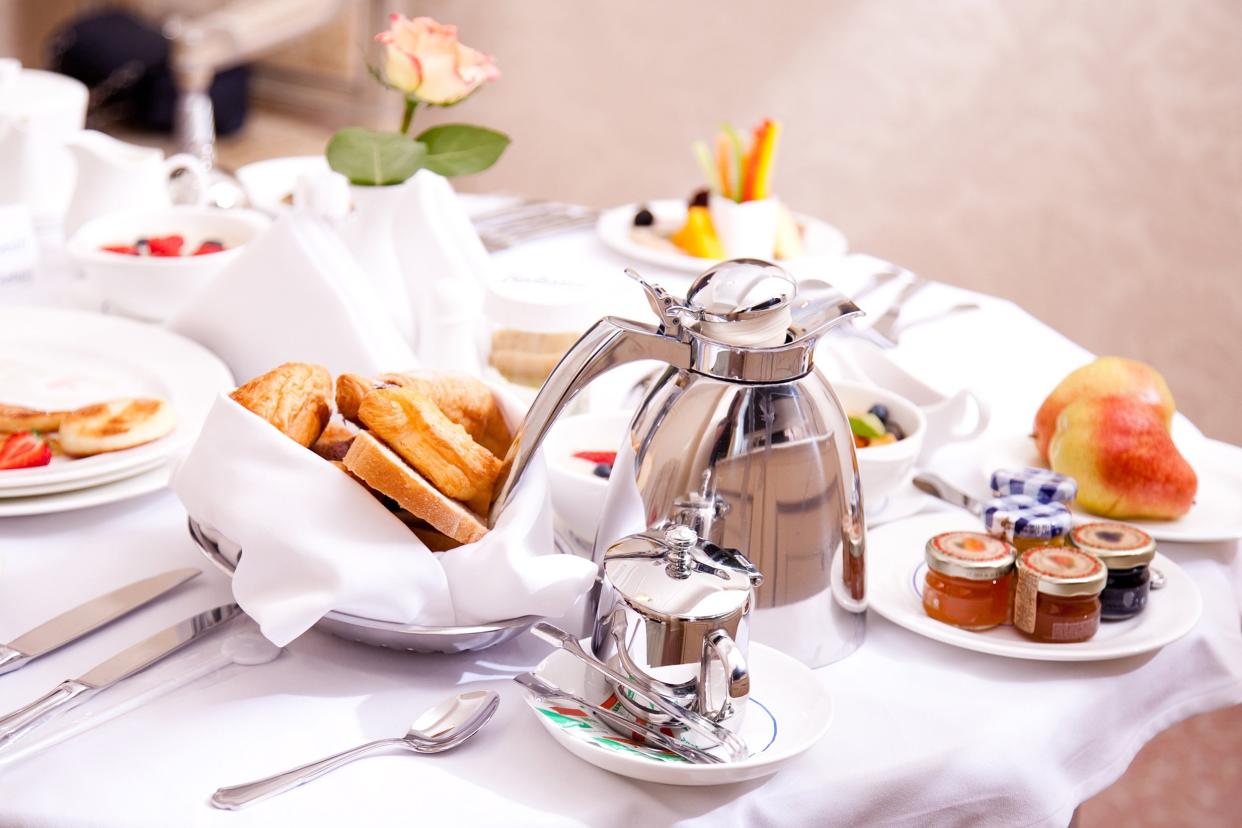
Hotels offer food too, and William Rademacher, General Manager of The Wayfinder Hotel in Newport, Rhode Island, sees a trend he thinks will last. “We’re noticing an uptick in in-room dining as guests continue to practice social distancing and take precautionary measures when traveling. We’re expanding our in-room food and beverage offerings again to provide guests with a full in-suite dining experience. It’ll be like having a restaurant in your room, which is something we haven’t done before.”
Related: Hidden Freebies You Can Get at Popular Hotels
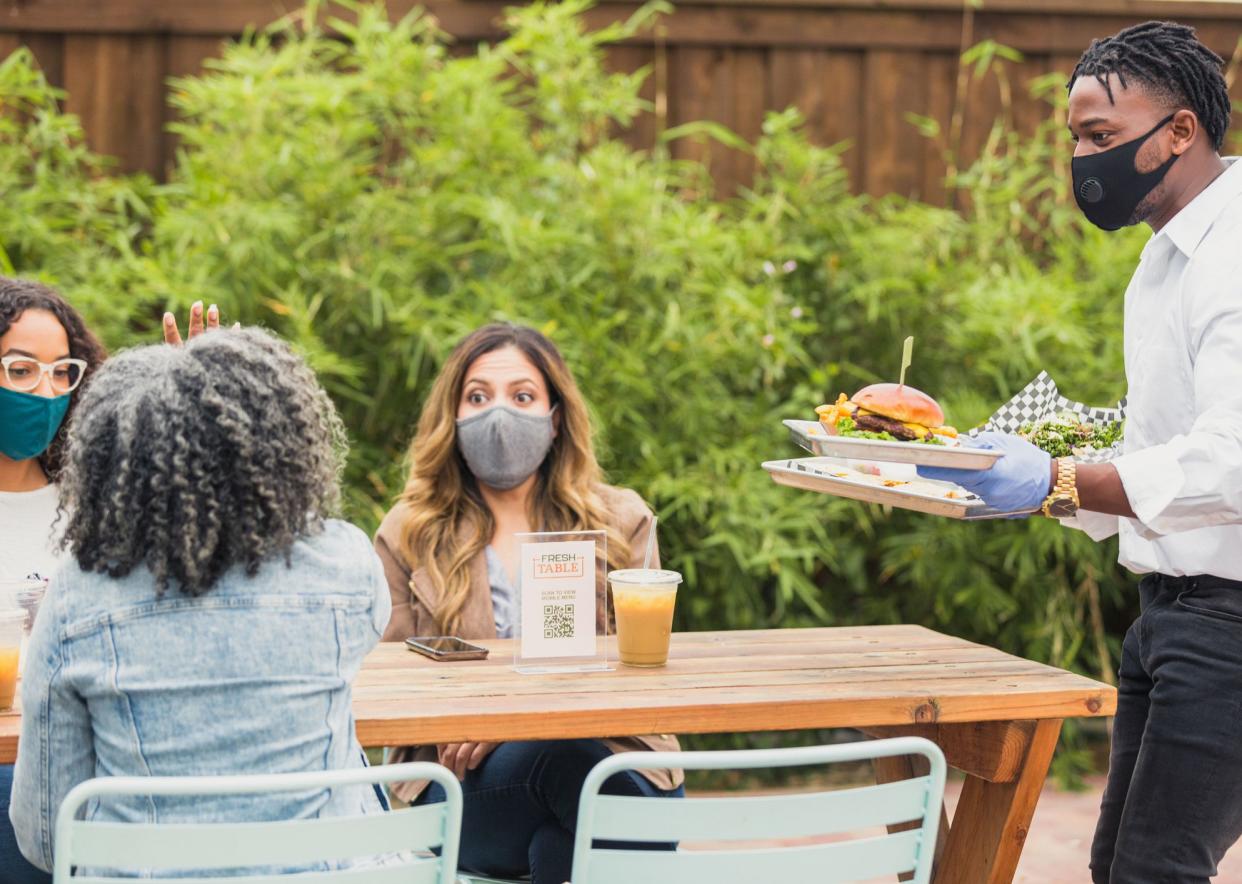
Peter Merriman, chef and owner of Merriman’s Hawaii says dining outside is a trend that will last. “So far, our guests love the option to dine outdoors and enjoy the fresh air, especially now that we know outdoor dining is generally safer. We’re throwing a socially distant outdoor party every night.” Griz Dwight of GrizForm Design Architects also believes outdoor spaces will continue to be huge for the restaurant industry in 2021 and after. “Guest desires are moving more towards a year-round alfresco dining experience. Operable walls, heaters, and fans will all be incorporated more into the restaurant design concept.”
Related: Where to Unwind: Charming Restaurant Patios
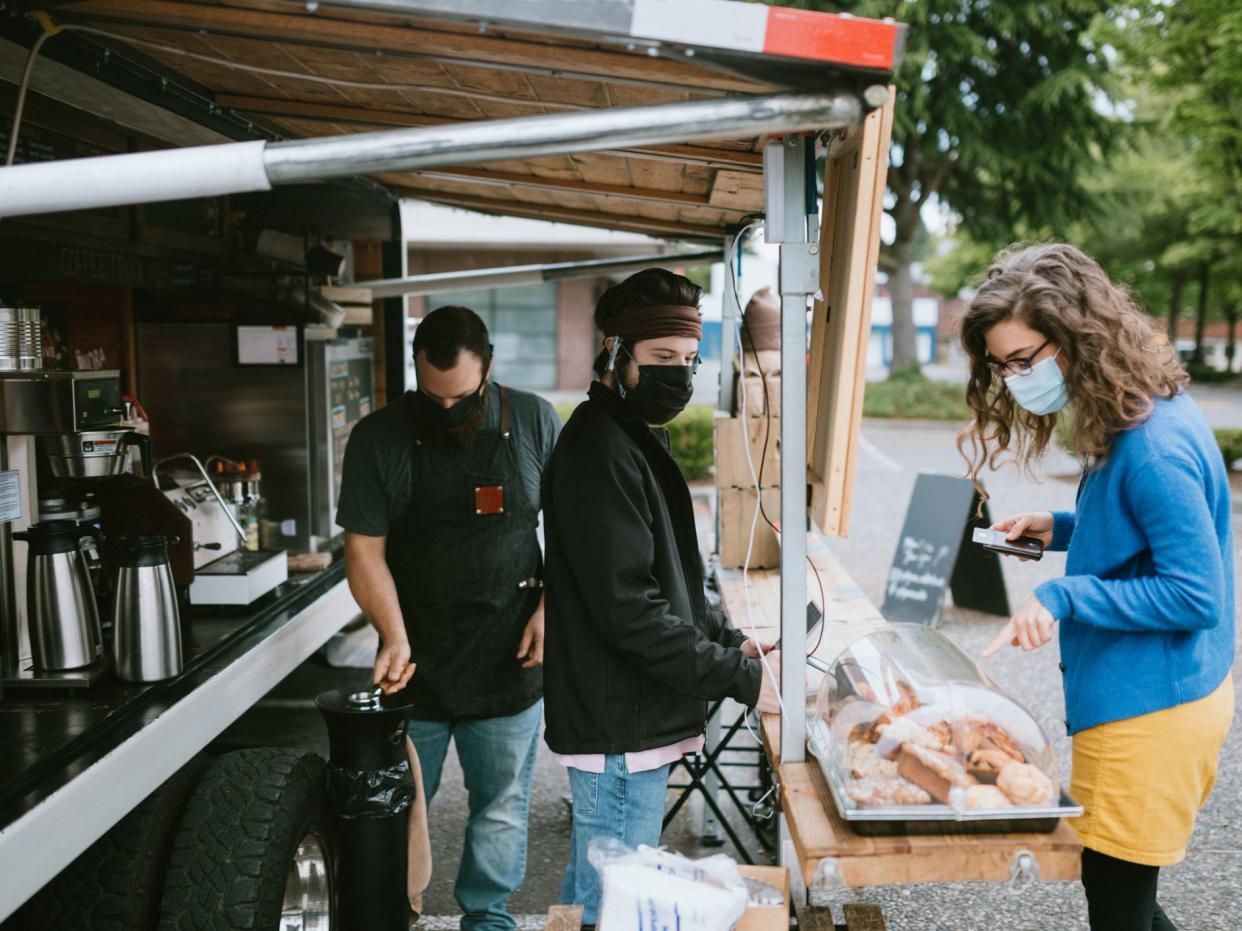
The ghost kitchen model is one way to further takeout over dine-in. “We have had brands build mobile food trucks to bring their food to the consumer without losing any of the quality they are known for,” says Cameron Davies, president and CEO of Cruising Kitchens in San Antonio. The lack of kitchen staff is what Will Lucas, CEO and founder of Mint House, thinks is coming. “Post-pandemic, I think some restaurants will consider incorporating a ghost kitchen model into their business. Ghost kitchens have been on the rise since the beginning of COVID and will remain a popular option offering new restaurants a reduced cost in real estate and labor, and existing restaurants an opportunity to expand into new areas with a lower risk.”
Related: Food Trucks Worth Following in Every Major City

Chef Ouita Michel, owner of Ouita Michel Family of Restaurants of Lexington, Kentucky, says he’s opting out of the standard delivery apps. “We’re working with Lexington-based Delivery Co-Op — a first of its kind food delivery service — 100% owned and operated by its member restaurants and drivers. There are no hidden fees and restaurants have control of menu prices, whereas other apps upcharge and have us pay a marketplace fee between 15-30%.” It’s up to restaurants to shed high-priced apps like DoorDash, according to Julie Richter of Relay Delivery. “They need to combat the high commission fees of third-party apps. Restaurants can use multiple ordering channels to market themselves and take orders, and use Relay couriers to fulfill each delivery.” Richter says Relay is the only delivery service that pays an hourly rate.
Related: The One Thing Restaurants Wish You Would Do Before Ordering Delivery
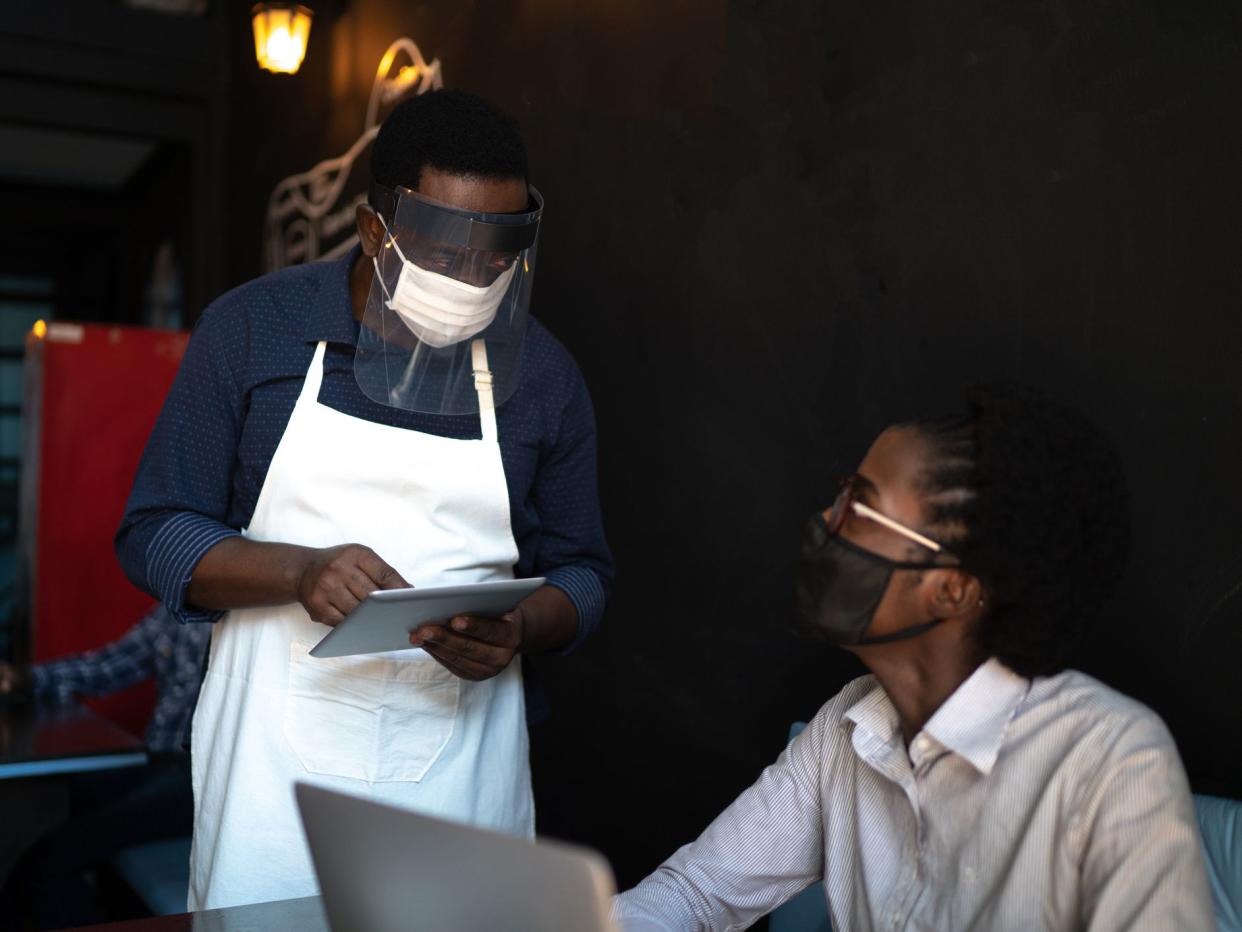
The warmth factor cannot be overlooked, according to Chef Trisha Pérez Kennealy, owner and culinary educator at Inn at Hastings Park in Lexington, Massachusetts. "Dining is going to be much more personalized when we come out on the other side of the pandemic. When they do venture back out, I hope they will be touched by the many steps restaurants are taking to keep both them and our employees safe, while providing memorable experiences."
Related: Undervalued Jobs That We Appreciate More Than Ever

Jon Squire, CEO of CardFree, sees a grocery retail trend within restaurants. “Restaurants were creative in transforming their locations into grocery and retail supply shops. In 2021, restaurants will not only keep this option, but build it into their model for ramping up and down as another revenue stream.”

Expect COVID-19 transparency from your favorite restaurants, says Chef Omar Torres, Director of Food & Beverage and Executive Chef at Hilton Pensacola Beach. “Restaurants and hotels now have to implement stronger guidelines to avoid an outbreak. We’ll see leaders taking extra steps when a team member calls out sick and being more transparent, like letting team members know they’ve been exposed. Restaurants and hotels will spend more on cleaning supplies, disinfectant, gloves, labor, COVID-19 tests, which will cause them to become more creative so costs are not impacted."
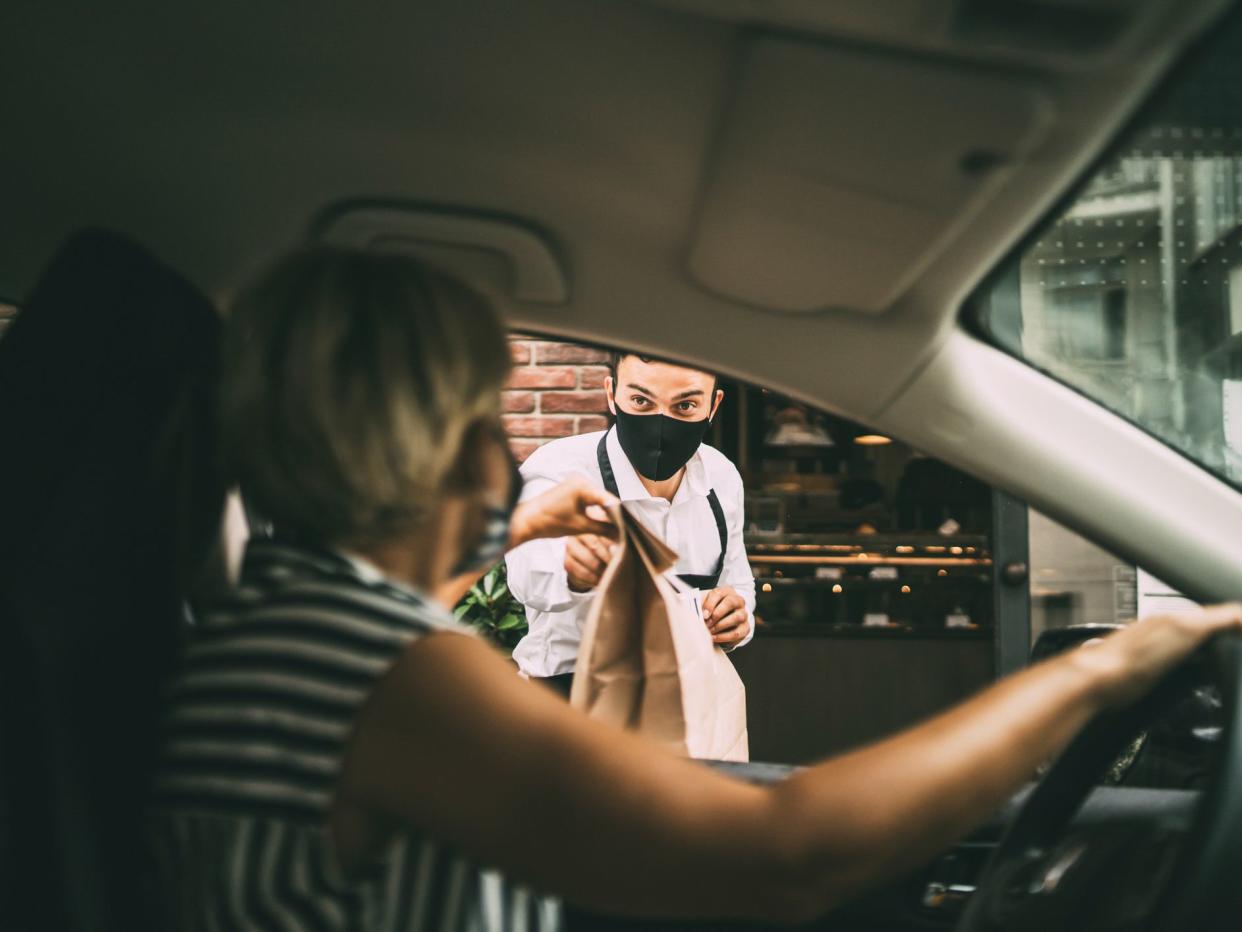
Atlanta based-chef Chris Buffin, owner and chef at Swell Cuts, is a big believer in the portable chef experience. “Restaurants will morph into offering meal kits in their establishment aside from their dining services. I've seen a market open up for private chefs coming in-home to deliver that personal touch.” Alcohol sales will also become more flexible, according to Flynn Dekker, CEO of Bonchon. “I think many states will relax laws around alcohol-to-go for the long term. The acceptance of it is here to stay. Property development and zoning will need to be adjusted to accommodate outdoor consumption of alcohol.”
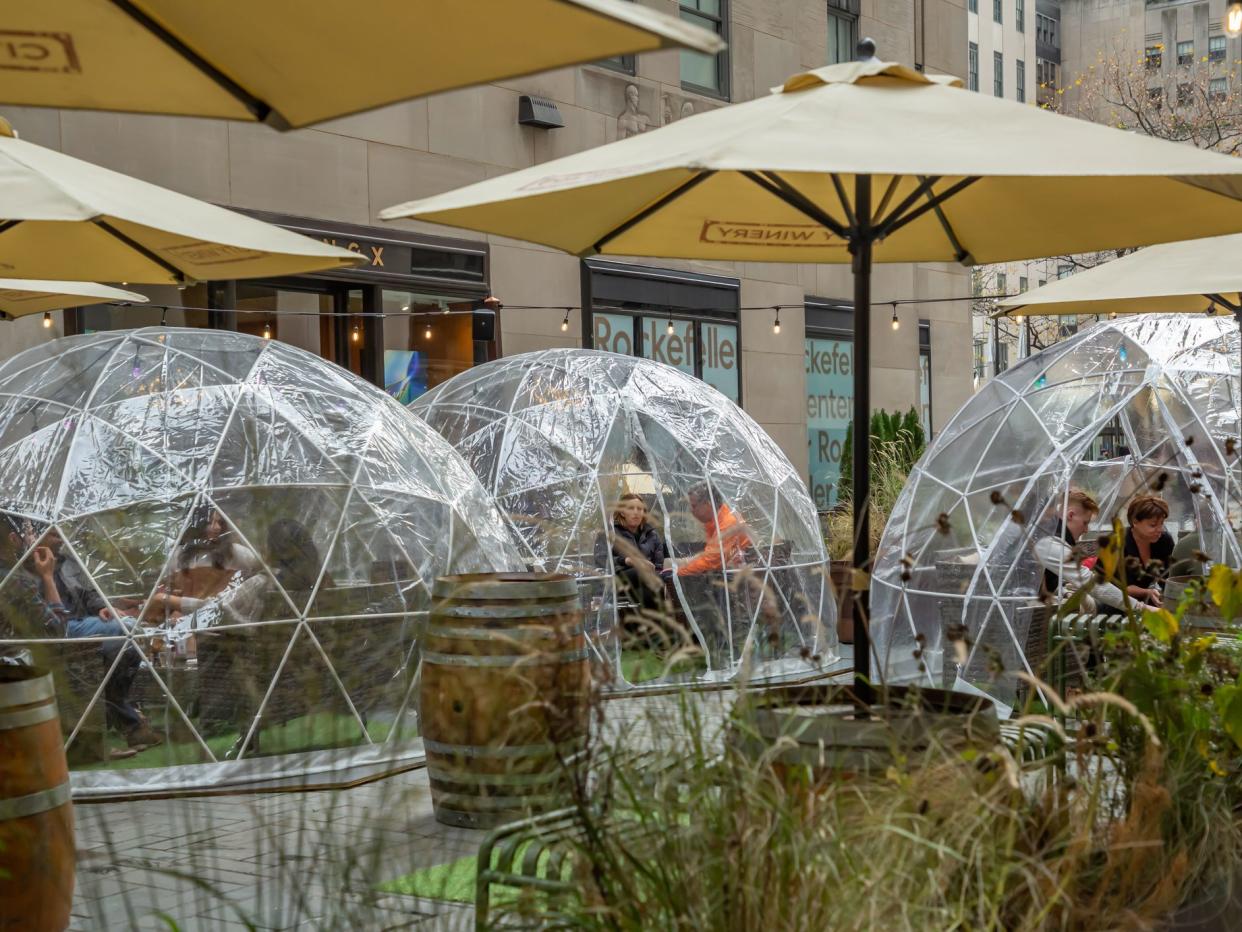
James Beard award-winning chef Jose Garces thinks restaurants will be reimagining the craft of dining. "I think that we're going to see a more curated form of dining that's treated as an experience, rather than just sustenance. As hospitality professionals, we've had to be very creative in the ways we bring our craft to our guests during the pandemic.” Both indoor and outdoor spaces will be reimagined, according to Dwayne MacEwen, principal and creative director with DMAC Architecture. “Food and beverage ... could become the new influencer and anchor of retail where retail is the amenity to F&B. I'm not sure outdoor dining bubbles solve the problem.”
Related: Unusual Theme Restaurants Across America
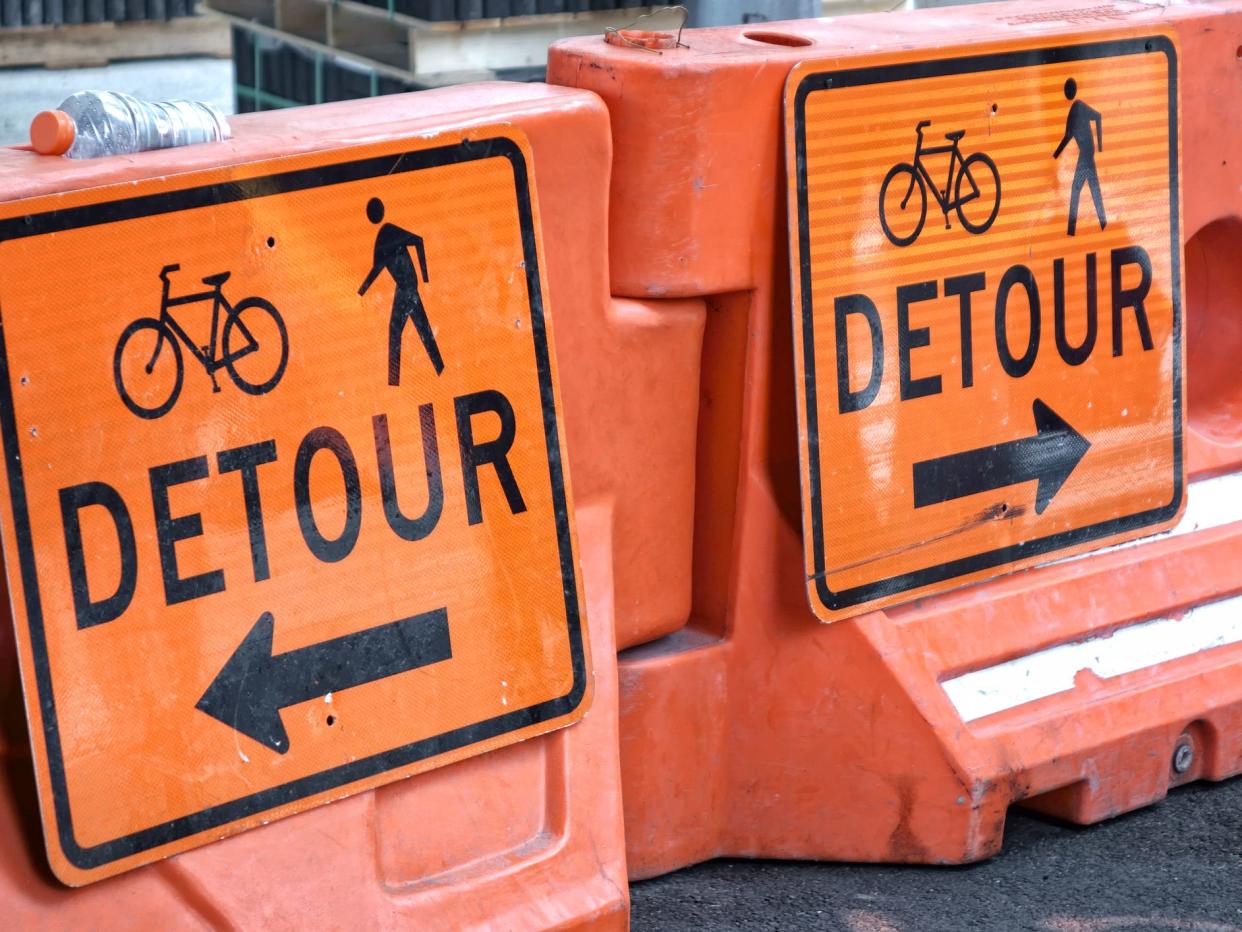
Shay Lam of TPG Architecture sees cities redesigning and rezoning restaurant rows. “While the weather is a challenge, the street closures provide a reprieve to congested streets, traffic, and loud noise. For a city like New York, restaurants must apply more pressure to our local government to ensure a safe return while helping the industry persist through the winter.”
Related: The Best Cities in America for People Who Love Food
